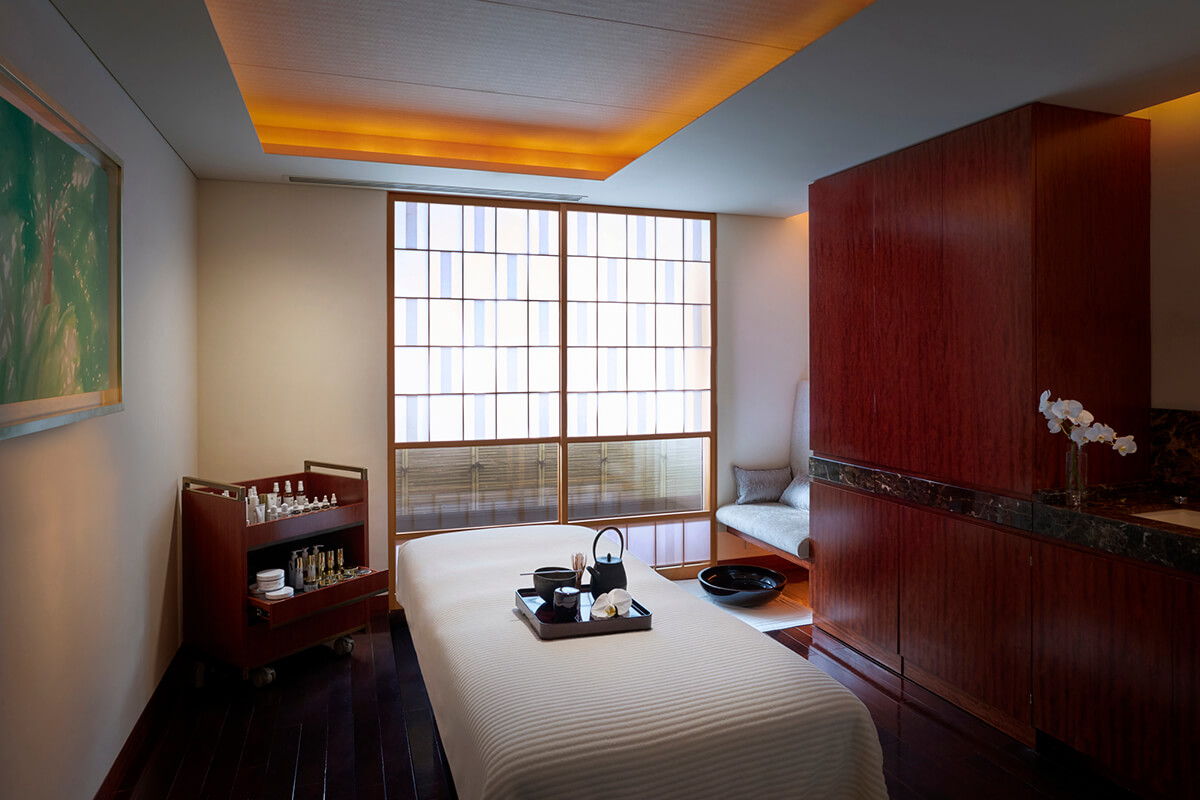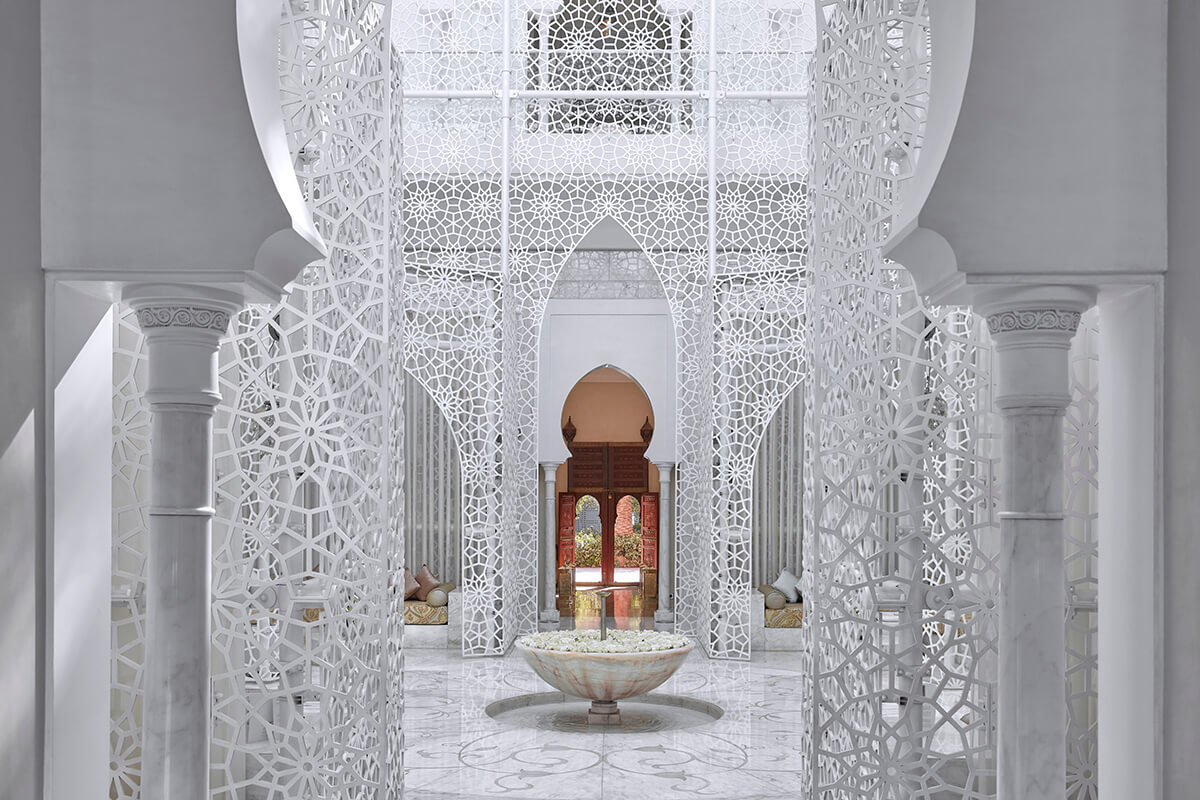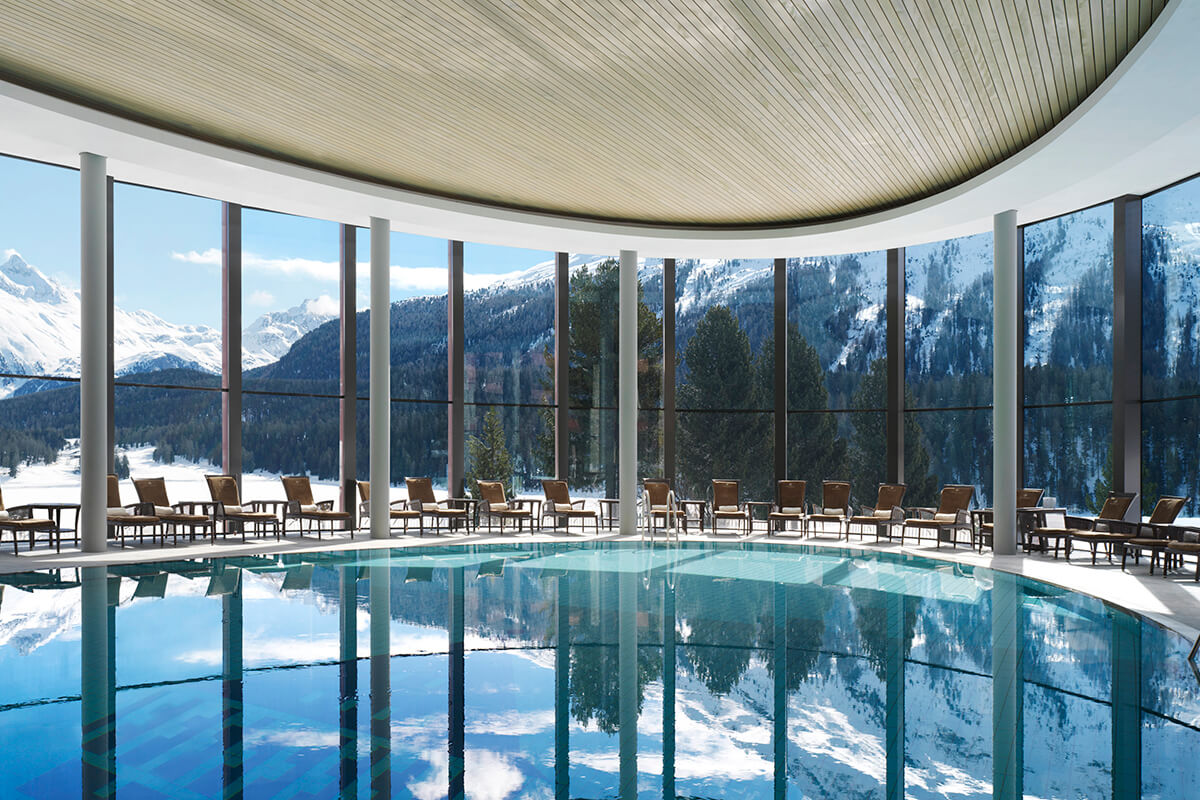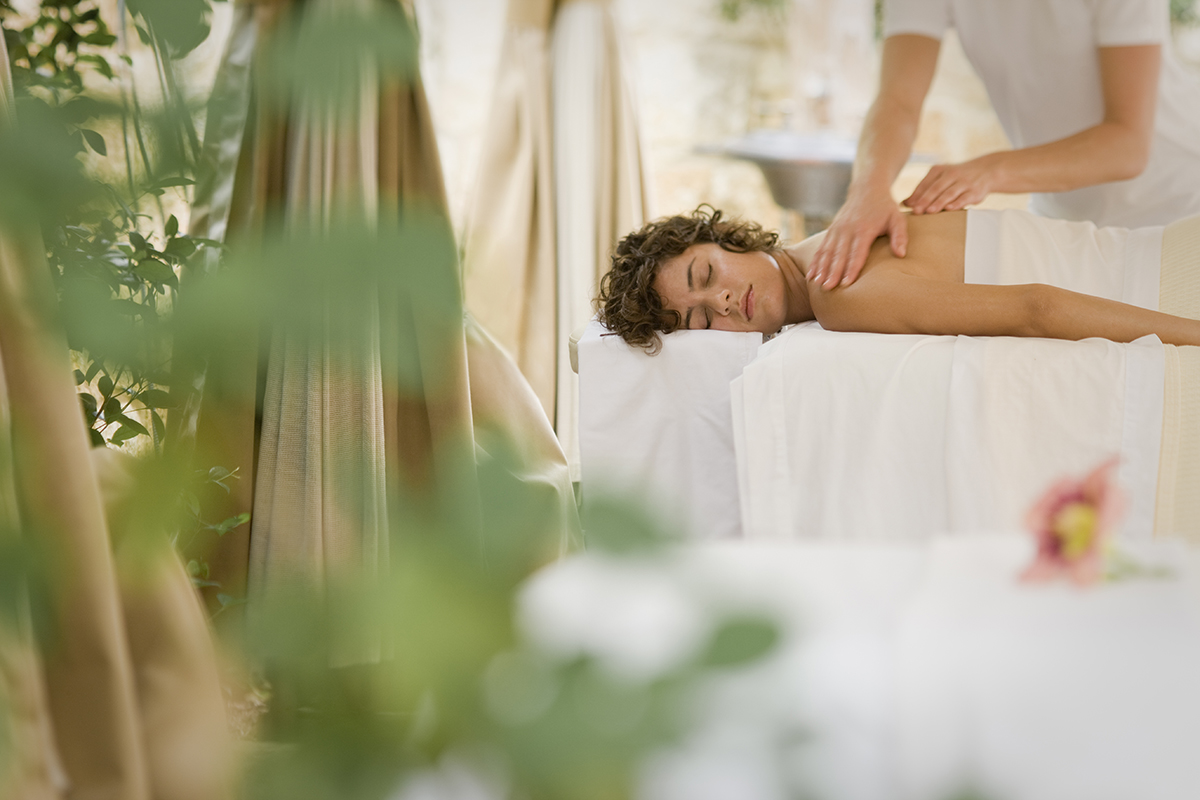HERBS & SPICES

Making sense of a spa treatment menu can be as daunting as a list of craft cocktails. How many specialty ingredients will you Google before deciding to order a martini? Herbs and spices beyond lavender and cardamom can make it difficult to read through the list of treatments in the sweet-smelling spa lounge and pinpoint what you’ll actually be doing in there for 120 minutes. Before defaulting to deep tissue, take this world tour of curious ingredients to be enlightened, and perhaps inspired to try something new. From five different corners of the globe, five of the world’s top spas are utilizing the power of these potent plants.
LATIN AMERICA
Damiana at Montage Los Cabos, Mexico
The ancient medicinal herb damiana has stood the test of time. Mayans used it as an aphrodisiac, the Aztecs praised its powers as a stimulant, and you can buy a bottle today infused into a liqueur to make a bodacious herbaceous cocktail. The bitter shrub tastes similar to chamomile and is also used in tea blends to treat aching heads and stomachs. Sprinkling the dried leaves on a salad or taking a pill of the powdered form, you can easily add the antioxidant into a daily routine.
At Montage Los Cabos (montagehotels.com), the 122-room oceanfront compound on Baja California’s Santa Maria Bay, guests can book the Jewel of Baja experience ($560). The two-hour trifecta of services begins with a scrub, followed by a wrap of damiana and agave honey. Then a four-hand massage addresses any remaining muscle tension and at the very end, re-robed and re-piecing together reality, you’re handed a drink of the spa’s own Damiana Elixir.

ASIA
Mugwort at Peninsula Tokyo, Japan
A hallmark of traditional medicine in centuries past, mugwort has been used as a catchall calming tool for whatever is acting up, whether skin, nerves, stomach, knees, or hips. The perennial herb is anti-inflammatory, thus used to reduce pain and swelling. Chefs also season stews and meat dishes with it, capturing both the earthly flavor profile and soothing side effects. Sold as an essential oil, mugwort gives off a relaxing scent via aromatherapy and is said to improve how well you remember your dreams.
Amid the bustle of the world’s most populous city, a cloister of calm beckons from the Peninsula Tokyo (peninsula.com). The 314-room hotel dedicates two of its 24 stories to wellness facilities that include a heated indoor swimming pool with sweeping urban views. Among a handful of Peninsula Signature treatments, the 85-minute Chi-Healing experience ($350) encourages deep relaxation with three main ingredients. Camellia oil is used during a head massage for peace of mind; mulberry leaves stimulate circulation; and mugwort restores balance throughout the body by reducing stress. The treatment is based on ancient practices to unblock and rebalance, using techniques such as reflexology and a mugwort steam pillow placed on the skin to regulate body temperature.

AFRICA
Tulsi at Royal Mansour, Morocco
Known as holy basil, tulsi may look like the common herb you grow at home, but this is no Caprese salad ingredient. The bright green leafy plant that originated on the Indian subcontinent is grown today in warm climates and known for its calming medicinal properties. As an essential oil, tulsi promotes relaxation in aromatherapy treatments. Extracts found in facial creams and masks reduce inflammation. Holy not by name only, the basil is worshiped in Indian culture for its connection to Lord Vishnu.
Among its 53 riad accommodations in Marrakech, Royal Mansour (royalmansour.com), built in 2010 by King Mohammed VI, has a three-story, 27,000-square-foot spa with an incredibly detoxifying treatment of which tulsi is an important component. The 75-minute Rasayana Detox Body Buff ($260) begins with a vigorous scrub using nut shells, and then tulsi hot packs are applied to soothe the skin before it’s rehydrated. The treatment can be booked on its own or as part of the resort’s new wellness programs.

EUROPE
Edelweiss at Badrutt’s Palace, Switzerland
“Small and white, clean and bright,” as the lyrics go to "Edelweiss", the song about the flowering plant native to the Alps from the 1965 film The Sound of Music. Beloved for more than its physical beauty, the plant is added to facial creams and serums for its anti-aging benefits that hydrate, firm, and brighten skin. A sprinkle of petals into warm bathwater advances relaxation and nourishes the skin.
In the Swiss alpine town of St. Moritz, Badrutt’s Palace (badruttspalace.com) remains the premier accommodation during the town’s annual White Turf horse-racing event in February. Overlooking the frozen lake where the races take place, the 155-room hotel incorporates indoor and outdoor swimming pools among facilities at its Palace Wellness Spa. The Alpine Recovery by Alpeor facial treatment (50 minutes, $240; 80 minutes, $300) uses edelweiss to repair and protect the skin from the low winter temperatures and harsh mountain conditions.

NORTH AMERICA
White Lotus Blossoms at Lake Austin Spa Resort, Texas
Grown on ponds and lakes in tropical and subtropical regions, white lotus blossoms have long been used by practitioners of traditional medicine for their sedative effects. The flowers also facilitate wound healing and protect from free radicals as an antioxidant. The large, white petals can be made into an oil to be used during massages or in other stress-relieving treatments.
At Lake Austin Spa Resort (www.lakeaustin.com) in Texas Hill Country, you can breathe in the white lotus aroma during the Golden Aura Rose and Caviar Facial ($790). The signature, 100-minute treatment at the lakefront wellness center applies nourishing, restorative caviar extract, co-enzyme A, and phytoessential actives to the skin.